5 Sunken Civilizations of the Prehistoric Times
Many civilizations have submerged due to cataclysmic geographical phenomena and rising sea levels. Let’s know about some of the mythical & otherwise sunken civilizations.
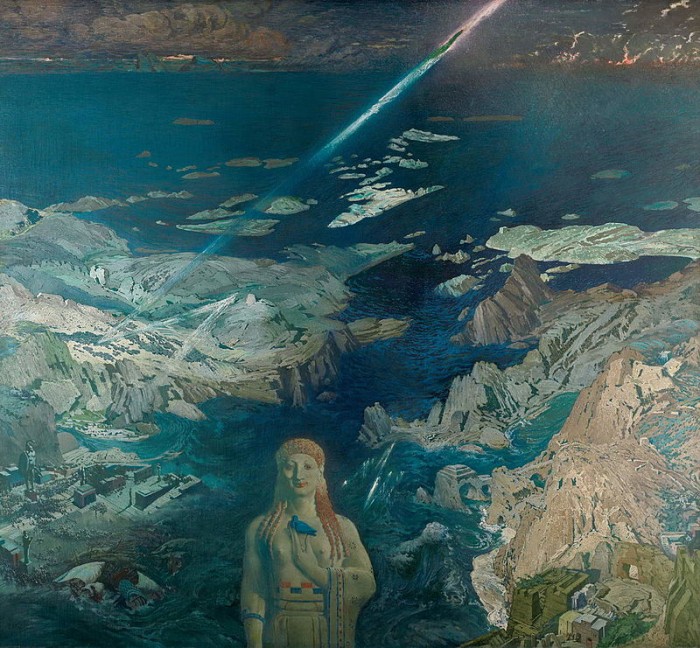
Due to some catastrophic geological phenomena or rising sea levels, many continents or islands or other regions of prehistory became lost since the end of the last Ice Age.
Even though the existence of lost continents are mythical, many places on Earth were once dry land that later sank after the ice age around 10,000 BCE due to rising sea levels. They are, perhaps, even the basis for neolithic and bronze age flood myths.
Here are 5 sunken civilizations from the ancient times.
1. Lemurian Civilization
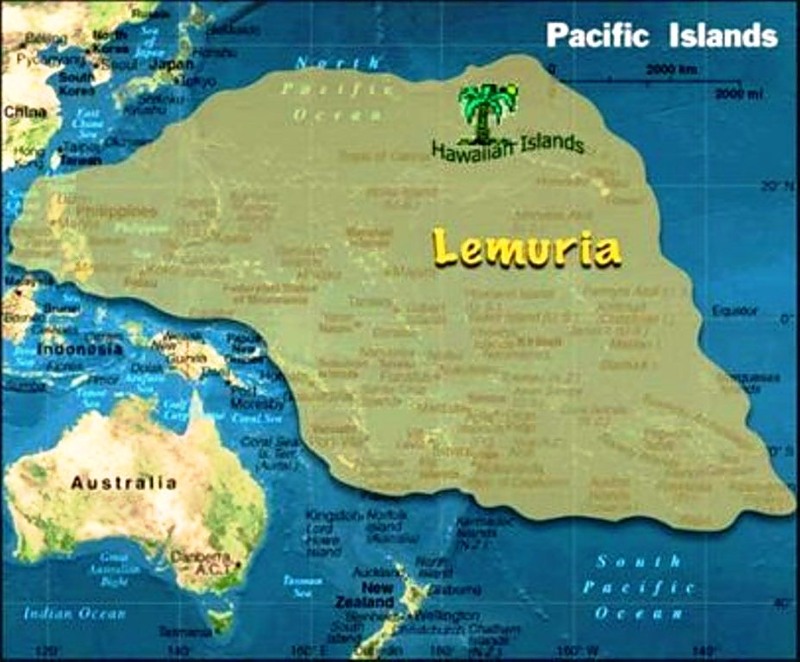
In the mythical lost continent of Lemuria that existed 2.5 lac years, there was an ancient Tamil civilization in the Indian or the Pacific Ocean (in present-day Indonesia). However, there’s no geological formation under the Indian or Pacific Oceans that corresponds to Lemuria.
One of the world’s oldest civilizations, the Lemurian civilization is believed to have sunk beneath the ocean due to cataclysmic geological changes such as pole shift.
2. Heracleion Civilization

Heracleion, also called Thonis, was an ancient Egyptian city that dates back to as early as the 12th century BC. Situated in the Canopic Mouth of Nile, nearly about 32 km northeast of Alexandria, its ruins are in Abu Qir Bay (under 30 ft of water).
It grew in prominence during the declining period of the Pharaohs. In the Late Period, it served as Egypt's main port for international trade and tax collection. Constructed originally on some of the adjoining Nile Delta islands, it was crossed by canals. With several harbors and anchorages, it was the sister city of Naucratis until it was overthrown by Alexandria.
The ruins of Heracleion were submerged in the sea and were discovered by the French underwater archaeologist Franck Goddio in 1999.
3. Atlantean Civilization
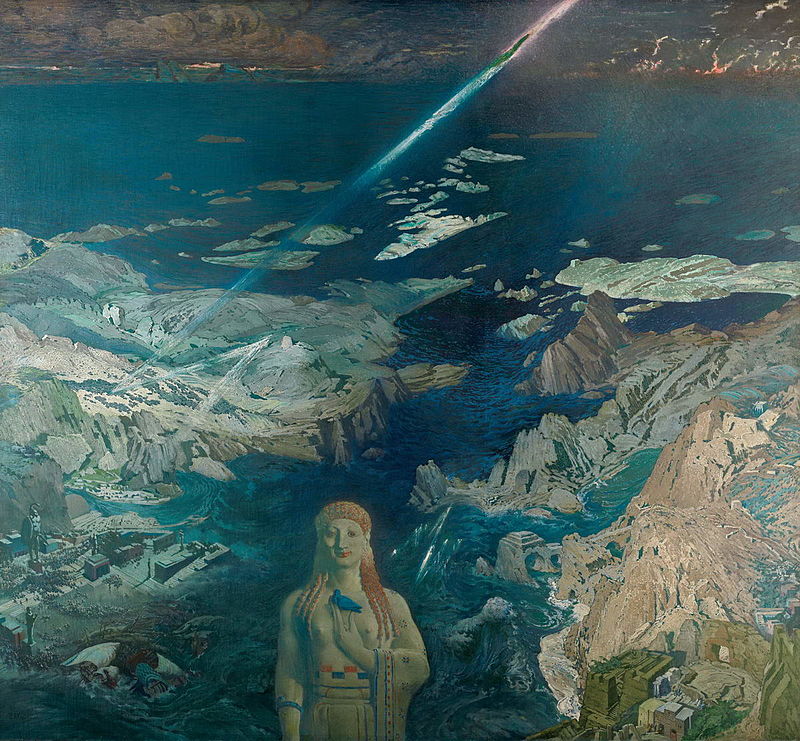
Atlantis ("island of Atlas") is a mythical island that finds mention in a parable on the hubris of nations in Plato's works Timaeus and Critias, where it denotes the antagonist naval power that inundates "Ancient Athens", the pseudo-historic embodiment of Plato's ideal state.
According to the allegory, Athens resists the Atlantean attack unlike any other nation in that world, supposedly demonstrating the eminence of Plato's concept of a state. At the parable’s end, Atlantis eventually gets submerged into the Atlantic Ocean.
4. Doggerland Civilization
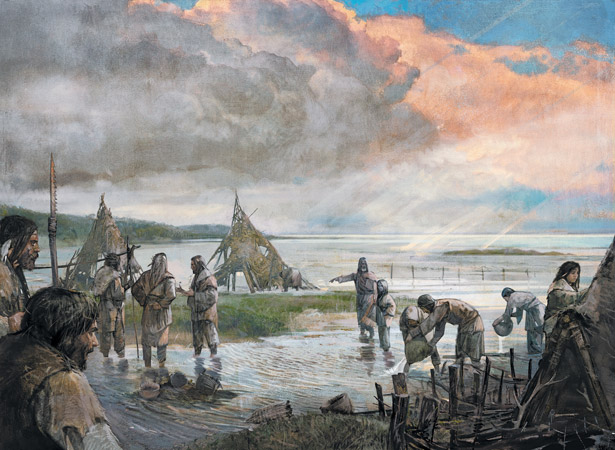
Doggerland was the region under the southern North Sea that connected continental Europe to Great Britain during the Holocene period. It was flooded by the rising sea levels nearly about 6,500–6,200 BC.
The geological surveys suggest that it spanned from Britain's east coast to the Netherlands and the western coasts of Germany and the peninsula of Jutland. It supposedly had a rich habitat with human inhabitants in the Mesolithic period. Even though the rising sea levels slashed it to low-lying islands before it finally submerged, following a tsunami that resulted due to the Storegga Slide.
5. Sundaland Civilization
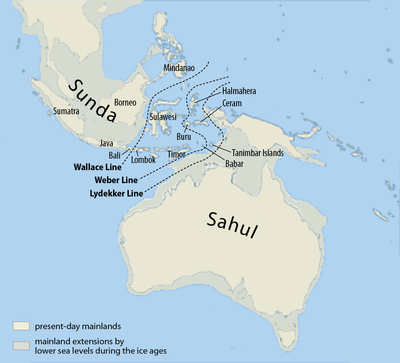
Sundaland (also known as the Sundaic region) is a biogeographical region of Southeastern Asia that corresponds to a larger landmass exposed throughout the last 2.6 million years during glacial periods. At that time, sea levels were lower, and ancient, now submerged, drainage systems flooded the civilization.
Popular Posts
Top 10 Sharpest & Deadliest Swords In History
In classic mythological movies, books and television, we’ve seen those audacious sword-wielding heroes smiting the enemi...
Augustus Perez
List of Water Deities from Different Mythologies
Water deities are the gods and goddesses who had the powers to control the elements of water and ruled over all the fresh and saltwater of the earth. Here’s a list of water deities from different mythologies.
Rishika Gupta
Winged Lion: The Terrifying Mythical Creature In Different Mythologies
A mythological creature, a winged lion dates back to ancient times. This flying lion-like creature has origins in Heraldry, Christianity, Mesopotamian, and Greek mythologies.
Ethan Stephans








